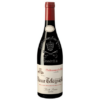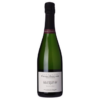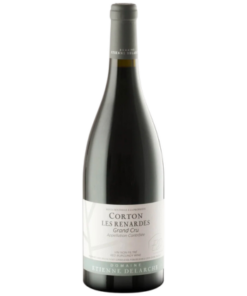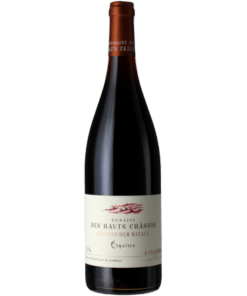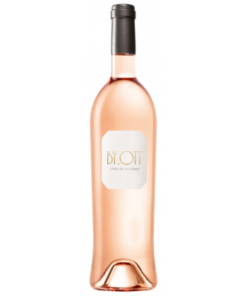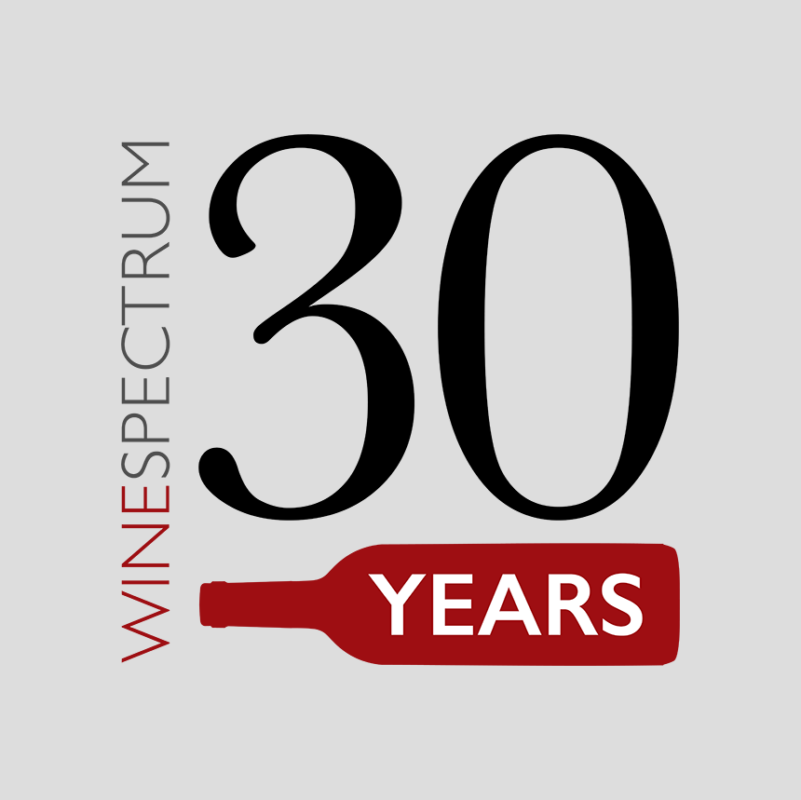2019 Domaines Schlumberger Saering Grand Cru Alsace Riesling
$ 39.00
Questions? Ask a Wine Advisor
Shipping InformationWSI94 JS93 Cinnamon, white pepper, green paprika, green apples and citrus. Medium-bodied and very taut and citrusy on the palate, this trades in bright acidity and steely apple crunch. Drink now.
Estate Notes: The robe is lemon yellow with light green reflections of good intensity. The disk is bright, limpid and transparent. The wine shows youth. The nose is marked, pleasant and of good intensity. We perceive a dominant of citrus fruits, (mandarin zest, lemon, crystallised orange), white flowers and a light ferruginous, bloody touch. The airing enhances these scents and reveals smoky, flinty notes and spices (ginger). The nose is open and has already a mineral hint. The perfect ripeness of the grapes expresses a splendid terroir profile. The onset in the mouth is fleshy and the alcoholic base full-bodied. The wine evolves on a rigorous medium, marked by a delicate salinity and a sparkling note. Aromas are more austere, first dominated by mineral (flint, naphta) then by citrus fruits (yuzu zest, lime), white flowers and spices (ginger). There is a significant mineral bitterness. That balance is remarkable! Despite the exposure to sunlight, the Riesling extraordinarily emphasises the soil. With its noble bitterness, this wine is made for decades.
Pairs beautifully with tempura calamari with crispy vegetables, an Asian-flavored salmon fillet, a lobster tail with citrus fruit, as well as a goat’s milk cheese.
The vineyards of Domaines Schlumberger were originally planted by the Romans and were later controlled by the Prince Abbotts of Murbach, an order of monks who established their seat at the town of Guebwiller in the southern end of Alsace. When the estates of the Abbey were put up for sale after the French Revolution, a local mill owner named Nicolas Schlumberger purchased 20 hectares.
Today, the Nicolas Schlumberger’s heirs own and cultivate a 135 hectares spread located over four miles on the steep flanks of the Vosges Mountains. The Schlumberger vineyards are the largest in Alsace, and one of the largest blocks of contiguous vineyards in France. The domaine also has the distinction of owning the largest acreage of Alsace grand cru vineyards, and references to the famous blocks of Kessler, Kitterle and Saering date back to ancient Roman times.
| Varietal | |
|---|---|
| Vintage | |
| Appellation | |
| Winery_Name | |
| Wine_Type | |
| Size | |
| Rating | |
| WSI_Rating |
Related products
French Wine
French Wine
French Wine
French Wine
French Wine



